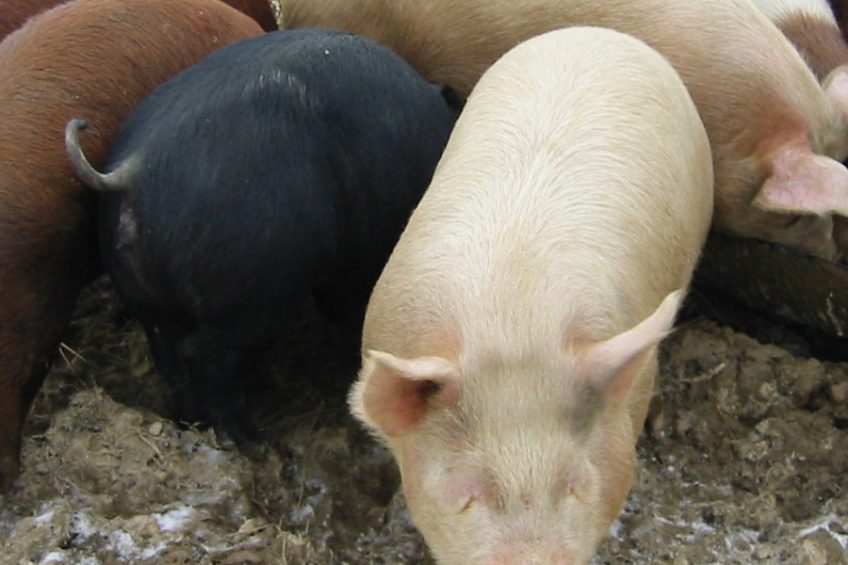Plea for standardising measure procedure skatole, androstenone

In recent German research into the possibilities of breeding to reduce the influence of boar taint on the meat from boars for slaughter, scientists have called for a standardisation of measuring procedures for skatole and androstenone.
These two components are often considered the ones to be most responsible for creating boar taint.
Selection
In their article ‘Breeding for reduced boar taint’, researchers Frieden, Looft and Tholen, from the University of Bonn, Germany, write: “The intensity of boar taint in carcasses of intact boars can be reduced by selection. This can help the pork industry in gradually reducing the number of carcasses discarded because of boar taint and eventually eliminate the need for castration. To achieve optimal response to selection, standardised procedures for measuring the two main components of boar taint, androstenone and skatole, should be developed.”
They continue to write: “Two current research projects are focused on the development of automated measurement of boar taint for use in slaughterlines of commercial abattoirs as well as on live animals for selection purposes. The eventual goal is to develop techniques for screening live boars for taint score, based on microbiopsy of backfat, saliva or blood samples, which would speed up genetic progress.”
“The rate at which genetic progress can be reached will depend on antagonistic correlations between boar taint and reproductive traits. These genetic correlations have to be determined in relevant commercial male and female lines.
“When identified QTLs for boar taint are being used in genomic selection, special attention should be on gene locations which are not known to be negatively correlated with reproductive performance.
“Under current economic conditions in Germany it would make sense to screen terminal sires for boar taint before they are widely used for AI. This approach is currently being field tested with the German Piétrain population in the Enzema project. In case this approach does not lead to desirable results, testing of boars will be extended to all male and female lines. Including the reduction of boar taint in the breeding goal will in any case decrease the rate of progress in other traits, which can mean a loss of competitiveness.”
Benefits
The researchers write: “A breeding organisation may expect benefits from a significantly reduced rate of boar taint:
1) if commercial slaughter houses introduce incentives by paying a premium based on the rate of discarding carcasses due to boar taint; and/or
2) if growing intact boars is significantly more economical than growing castrated males in terms of feed conversion ratio and carcass value. With increasing production of pork from intact boars, the processing industry has to expect substantial losses, because pork with boar taint has no market value. Any potential benefit of growing intact boars can only be realised if the frequency of rejected carcasses is substantially reduced below a critical level of 10% or even less. It will take a considerable number of years to find out whether the European pork industry will be successful in eliminating the need for castrating boars as postulated by animal welfare.”











